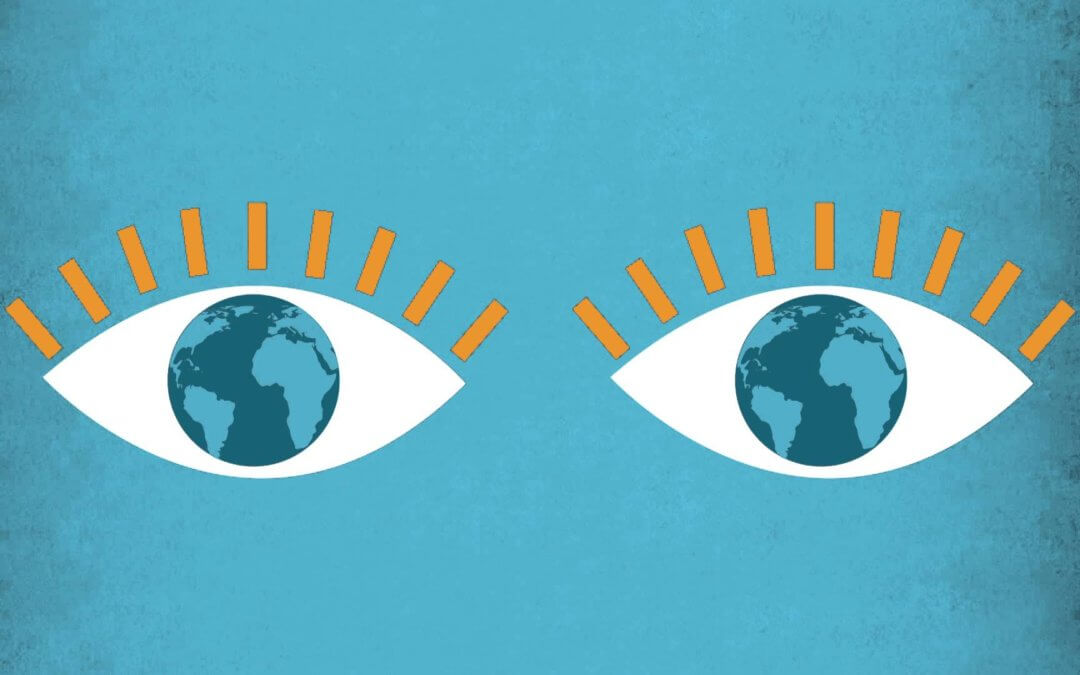An Interesting Time for Sustainability
We’ve reached an important pivot in sustainability – one that puts a bit more pressure on businesses and brands to step up and fuel change. As the world sees the negative effects of climate change, water scarcity, species extinction, etc. play out in real time, brands have the opportunity to play a huge role in actively championing better policies, transforming markets, and changing consumer behavior at scale.
And many are stepping up to the plate. For example, over 1,200 companies are now calling for a price on carbon, and many, including Unilever, are setting targets to be 100% powered by renewable energy.
Paul Polman, Unilever CEO, puts it well:
“We are entering a very interesting period of history where the responsible business world is running ahead of the politicians and taking on a broader role to serve society.”
Sustainable Brands: Entering the Next Phase
Our work in brand strategy demonstrates, again and again, the huge impact that brands can have on people, markets, governments, etc. We’ve watched and worked with brands innovating with purpose, fueling movements, sparking important conversations, changing behavior, and disrupting and transforming markets all around us.
So here’s what we can learn from some of the top transformative, sustainable brands of today.
1. Coming Together: Brand Partnerships
Smart and sustainable businesses today understand that large scale change can’t be achieved alone. You need employees, customers, investors, stakeholders, and sometimes even your competition, rallied around a shared purpose.
Take Ford. Ford, like many other automobile brands, has been dedicating increased R&D to hybrid and electric. But their vision goes beyond a line of electric vehicles. By partnering with Infineon, SunPower, Whirlpool, and Eaton (unexpected partners) to develop the MyEnergi Lifestyle program, they’ve built an electric brand that can fuel what they call an electric lifestyle.
The partnership program shows how electric cars, solar power systems, energy-efficient appliances, and home design can all come together to reduce people’s total carbon footprint in the home. And by recognizing that they aren’t the only brand in people’s lives, they’ve helped fuel a lifestyle that is affordable, easy, sustainable, electric, and just plain cool.
2. A Shift in Mindset: Negative to Positive Impact
Until now, much of sustainability has been about limiting damage. But that’s changing. Unilever publicized their objective to become carbon positive by 2030. Interface, a B2B modular carpet company on the cutting edge of innovative and sustainable design today, is also a prime example of a carbon positive brand.
In what the brand calls “Climate Take Back” (their mission) they articulate the shift:
“We need to stop thinking about how to limit the damage and start thinking about how to create a climate fit for life…We commit to running our business in a way that creates a climate fit for life – and we call on others to do the same.”
This is about leaving “crisis” mode and recognizing the current state as an opportunity. With this positive mindset, Interface is on track to meet Mission Zero goals by 2020 while simultaneously innovating technologies that create carbon positive environments. (They take plant-based carbon and convert it into a durable material that prevents the release of that carbon back into the atmosphere, and instead storing it into the carpet tile.)
And Interface’s net-positive mindset is infused into their entire brand. Their brand voice is purposeful, determined, courageous, and optimistic. Their brand narrative articulates their ongoing commitment to innovative sustainability. The look and feel of all their brand elements is natural and organic. Many of their carpet lines even look like the ecosystems they are working to save (the ocean, forests, etc.). And their brand colors are inspired by those beautiful, natural environments.
3. Be Bold and Take a Stand, Profits Aside
Patagonia, a brand whose values are minimalist and environmentally aligned, started a movement when they made a strong anti-overconsumption statement back in 2011: running a full-page ad in the New York Times with the copy “Don’t Buy This Jacket” written over their best-selling jacket. With this message, Patagonia asked customers to “buy less and reflect more” before spending – even on their own products.
In addition, in 2016, the company donated all Black Friday profits to local grassroots organizations working to protect our environment for future generations. They focused on small, under the radar organizations that work on the front line of some of the most pressing environmental issues of today.
Although this was both a political and social statement, it was also about furthering connections with their customers: people who fiercely love the outdoors and want to support the people who are willing to work hard every day to protect the places they love. Although estimated sales for Black Friday circled around $2 million, the company made more than $10 million. And since 2011, many brands have followed suit with similarly minded ads, the closing of store doors, and acts of giving.
Patagonia acts as a prime example of a retail brand that still encourages sustainable consumption and works to build a better world.
Purpose, Passion, Partnership
What unites the sustainable brands mentioned? It’s not a great CSR or a great one-off effort, it’s purpose, passion, and partnership – infused into your brand and every decision you make moving forward. Focus on becoming a sustainable brand and ensure sustainable business for years to come.
If you need help, please reach out.
Emotive Brand is a brand strategy and design agency.





